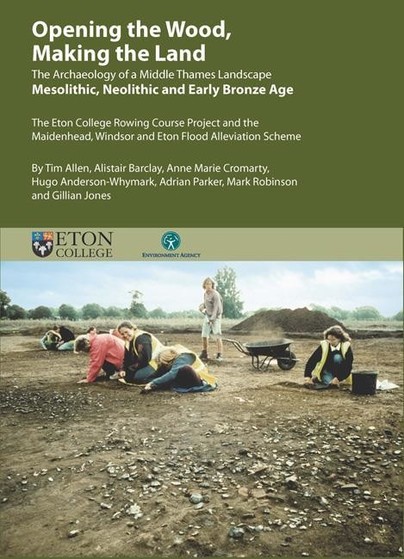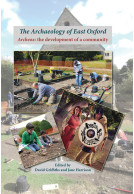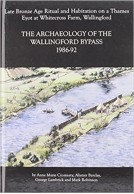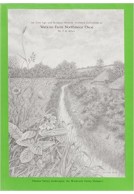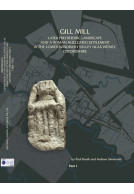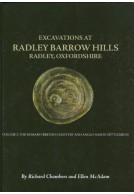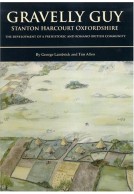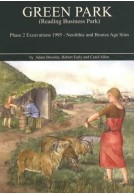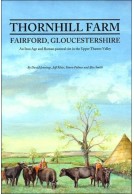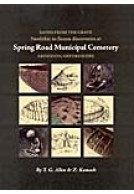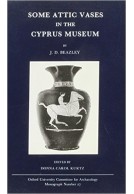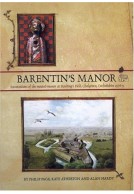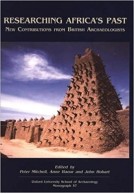Opening the Wood, Making the Land (Paperback)
Imprint: Oxford University School of Archaeology
Series: Thames Valley Landscapes Monograph
Pages: 600
ISBN: 9781905905317
Published: 26th November 2013
Script Academic & Professional
Series: Thames Valley Landscapes Monograph
Pages: 600
ISBN: 9781905905317
Published: 26th November 2013
Script Academic & Professional
You'll be £35.00 closer to your next £10.00 credit when you purchase Opening the Wood, Making the Land. What's this?
+£4.99 UK Delivery or free UK delivery if order is over £40
(click here for international delivery rates)
Need a currency converter? Check XE.com for live rates
(click here for international delivery rates)
Need a currency converter? Check XE.com for live rates
Excavations at the Eton Rowing Course and along the Maidenhead, Windsor and Eton Flood Alleviation Channel revealed extensive evidence for occupation in an evolving landscape of floodplains and gravel terraces set amidst the shifting channels of the Thames.The most significant evidence was a series of early Neolithic midden deposits, preserved in hollows left by infilled palaeochannels. These deposits contained dense concentrations of pottery, worked flint, animal bone and other finds, and are put into context by other artefact scatters from the floodplain, pits on the gravel terrace and waterlogged environmental deposits from palaeochannels. Early Mesolithic lakeside occupation, later Mesolithic flint scatters along a former channel of the Thames, pits from the middle and late Neolithic and activity areas of the Beaker and Early Bronze Age, demonstrate longer term changes in patterns of occupation.The excavations also revealed early, middle and late Neolithic human remains in palaeochannels, middle Neolithic crouched inhumation burials and early Neolithic cremated remains. An oval barrow may have first been cut in the early Neolithic. Other ring ditches date from the late Neolithic/early Bronze Age; one contained a central cremation burial in a Collared Urn together with pyre material and the remains of a bier.
Other titles in the series...
Other titles in Oxford University School of Archaeology...







